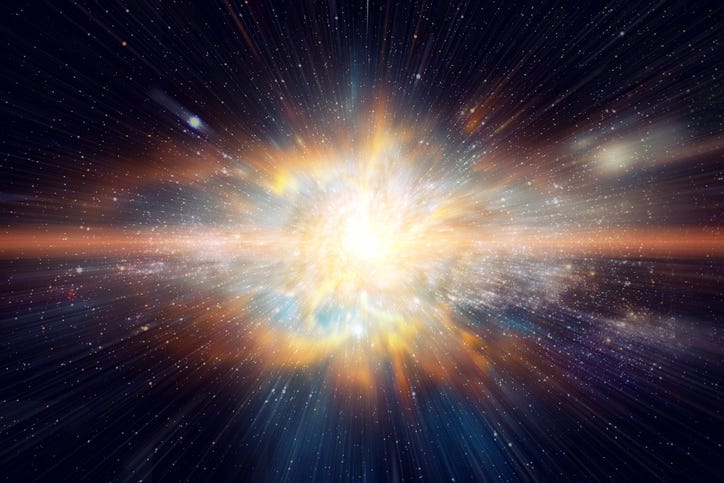Astronomers Unveil a Unique Celestial Discovery: IRAS 00500+6713
Written on
Chapter 1: The Unveiling of a Mysterious Star
Recent astronomical discoveries continue to reveal the astonishing mysteries of the universe. A newly identified celestial entity, IRAS 00500+6713, poses intriguing questions about star formation and destruction. This particular discovery underscores the fact that the cosmos is still full of surprises, suggesting that our understanding of the universe is far from complete. Stars are formed in regions known as nebulae and eventually meet their end through explosive events like supernovae, transitioning into white dwarfs, neutron stars, or black holes.
A team of astronomers from the University of Potsdam has made an exciting find while investigating the IRAS 00500+6713 system, which initially caught their attention in 2019. Upon their first examination, they realized that this celestial body exhibited peculiar characteristics.
Researchers propose that their findings might offer insights into scenarios where supernova-like phenomena can occur without completely annihilating the objects involved—specifically, two white dwarfs. These white dwarfs are remnants of sun-like stars that have exhausted their nuclear fuel. When two of these stars merge, they can trigger a significant explosion known as a Type Ia supernova.

“IRAS 00500+6713 represents a newly identified type of celestial entity. We have yet to encounter any other objects with similar attributes. It qualifies as an exceptionally unusual star.”
~ Lidia Oskinova, Co-Author of the Paper
The team's observations suggest that IRAS 00500+6713 emerged from a less forceful explosion that didn't obliterate the system but instead gave rise to a previously unrecognized celestial star. Initially, astronomers found that this system contained a super-hot central star, designated J005311, which is enveloped by a nebula rich in warm dust and hot gases.
The star J005311 was expected to have high levels of oxygen and carbon; however, the astonishing speed of its stellar winds—reaching 10,000 miles per second (16,000 km/s)—was unexpected. This remarkable velocity had not been documented in previous studies. Subsequent infrared observations revealed an object that was too bright to be classified as a white dwarf.

The unusual star, depicted in this false-color X-ray image, highlights the findings from the European Space Agency's XMM-Newton telescope. Researchers noted that the nebula emits strong X-ray radiation and is composed of significant amounts of neon, silicon, and sulfur. They also discovered that the central star itself emits X-rays.
The most plausible theory regarding the formation of this enigmatic celestial object arises from theoretical modeling, which indicates that the object resulted from a collision between two white dwarfs during a supernova event. However, in this case, the explosion lacked the intensity needed to completely destroy the system, leading to the formation of the unique star we observe today.
While the team was able to ascertain that the luminosity aligns with an object exceeding 1.4 solar masses—the upper limit for white dwarfs transitioning into neutron stars—they were unable to determine its exact mass. Further observations of the nebula and additional modeling are anticipated to enhance our understanding of this newly discovered entity.
Despite the limited data, the co-author of the study speculates that such objects may be more common than previously thought, potentially having evaded detection due to their rapid evolution and brief lifespans. As for IRAS 00500+6713, it is predicted to collapse into a neutron star within the next millennium, making it a fascinating subject for future study.
Complete research findings were published in the Journal of Astronomy & Astrophysics.

The first video titled "Astronomers Discover the Most Distant Known Star to Date!" provides an engaging overview of new celestial findings and their implications in the field of astronomy.
The second video titled "NASA Reveals What Is Hidden in the Kuiper Belt!" dives into the mysteries of our solar system's outer regions, shedding light on what lies beyond the known planets.